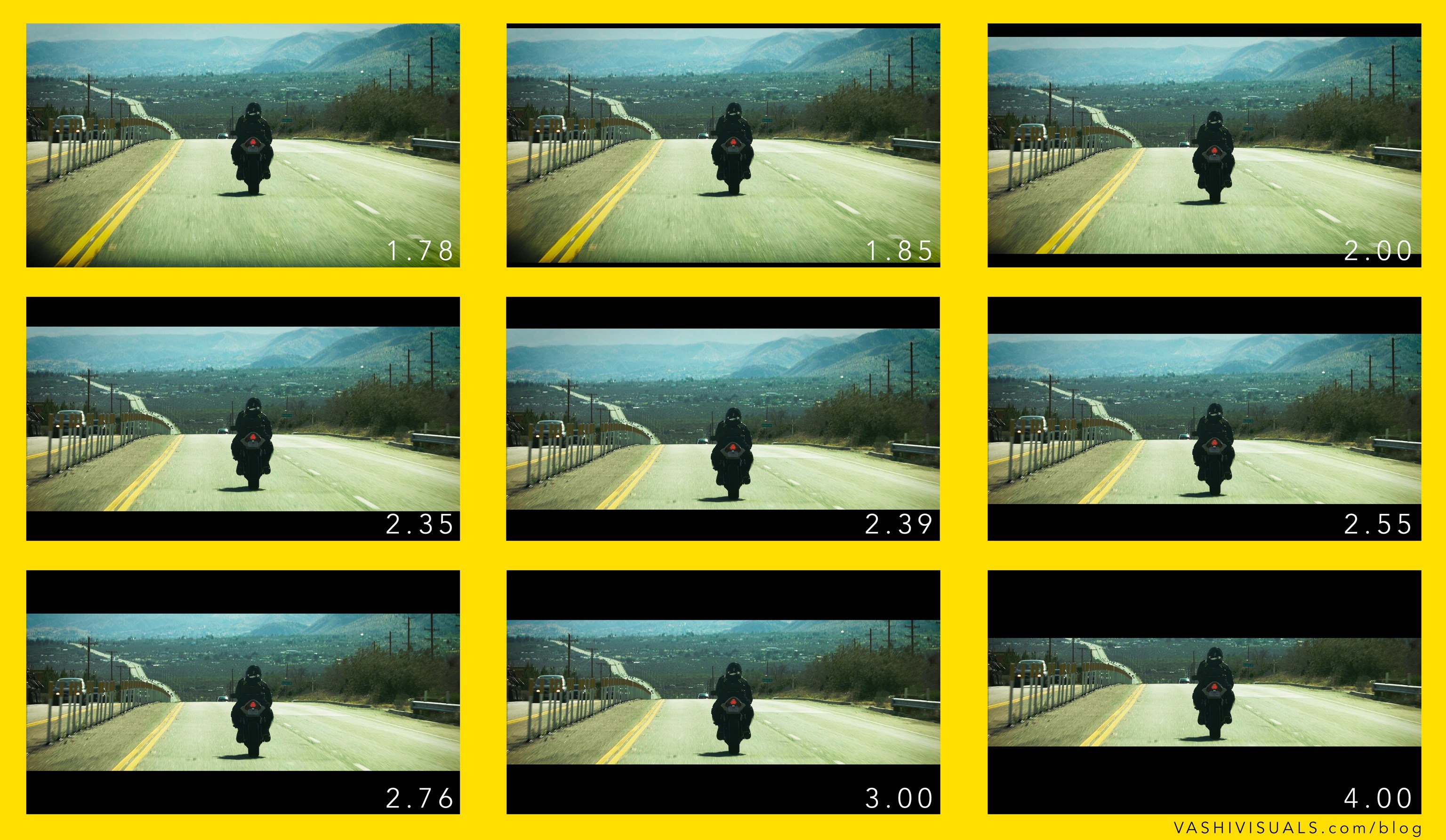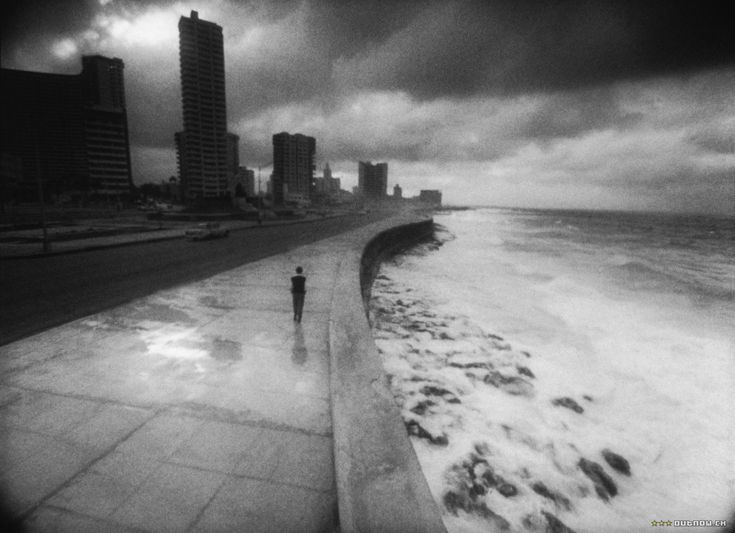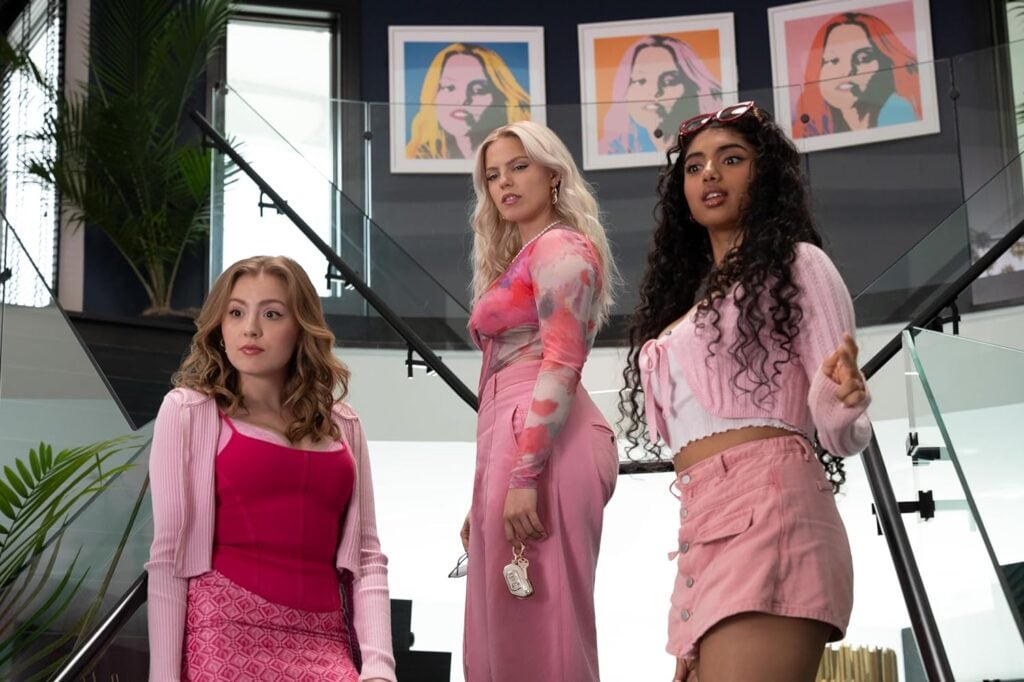I recently received a message querying the concept of aspect ratios, and why I seldom make note of them.
While I’ve covered this in the past, here (once again) is the simple answer.
In the most general sense, aspect ratios don’t matter.
And by that, I mean that with specificity, while a film originally released in 2.55 or 2.1 or 1.66 should certainly follow the intent of the filmmakers, that it doesn’t matter precisely how closely.
Aspect ratios are basic shapes. Nothing more.
Does it matter, aside from possibly exposing something in the frame (an actor’s marks, a microphone) it makes no difference if a home video release fills out a projector display or flat panel at 1.78 or arrives in 1.85.
And that is because in original theatrical presentations, aspect ratios were a guide, and that was all.
Image a huge old theater, a beam of light projecting an image on a screen forty feet below the booth and one hundred fifty feet away.
It mattered not precisely what the aspect ratio was, as long as an image, in basically the desire shape hit the screen, as the aperture plate cut for the projectors, would never have been the exact aspect ratio anyway. In the case of those beautiful old movie houses, they would have been cut into the shape of an inverted trapezoid, in order to attain a rectangle on screen.
Anywhere from five to twenty percent of the image might be lost in creating that shape.
When it comes to home video, we’re usually seeing far more of the frame than was ever seen theatrically, and the shape that’s carved out of the available real estate can be far different than seen in theaters.
Perfection was the last thing on a projectionists’ mind. For no matter how hard he or she might try, they were still dealing with that same old trapezoid.
What this means is that attaining a 1.85 aspect ratio can mean cropping the top and bottom of a frame, or just as likely exposing a bit more of the sides to create a slightly wider image.
And the viewer is seeing the same shape, or aspect ratio, with different information.
While I’m not suggesting that aspect ratios don’t matter, for in the general sense, they do. I’m simply stating that within rational parameters, a few lines of information don’t matter.
RAH
Home Theater, Photography, Basketball, Scuba Diving, Mountain Climbing, Racing, Biking, Software development
Post Disclaimer
Some of our content may contain marketing links, which means we will receive a commission for purchases made via those links. In our editorial content, these affiliate links appear automatically, and our editorial teams are not influenced by our affiliate partnerships. We work with several providers (currently Skimlinks and Amazon) to manage our affiliate relationships. You can find out more about their services by visiting their sites.






Similar threads
- Robert Harris
- Blu-ray and UHD
2- Robert Harris
- Blu-ray and UHD
7 8 9- Robert Harris
- Blu-ray and UHD
2 3 4